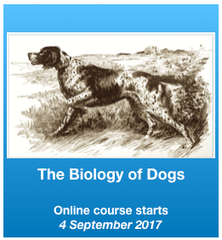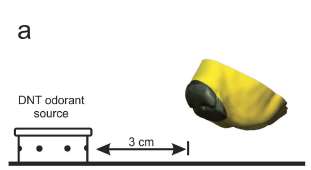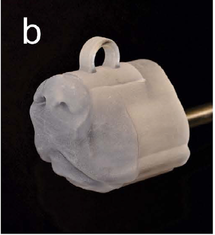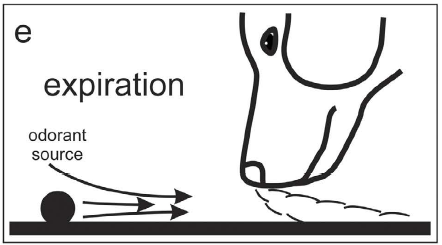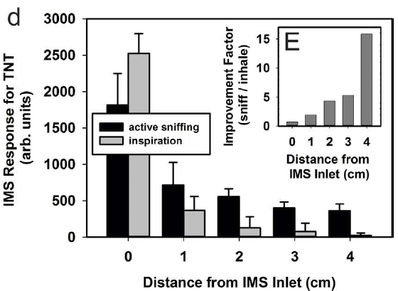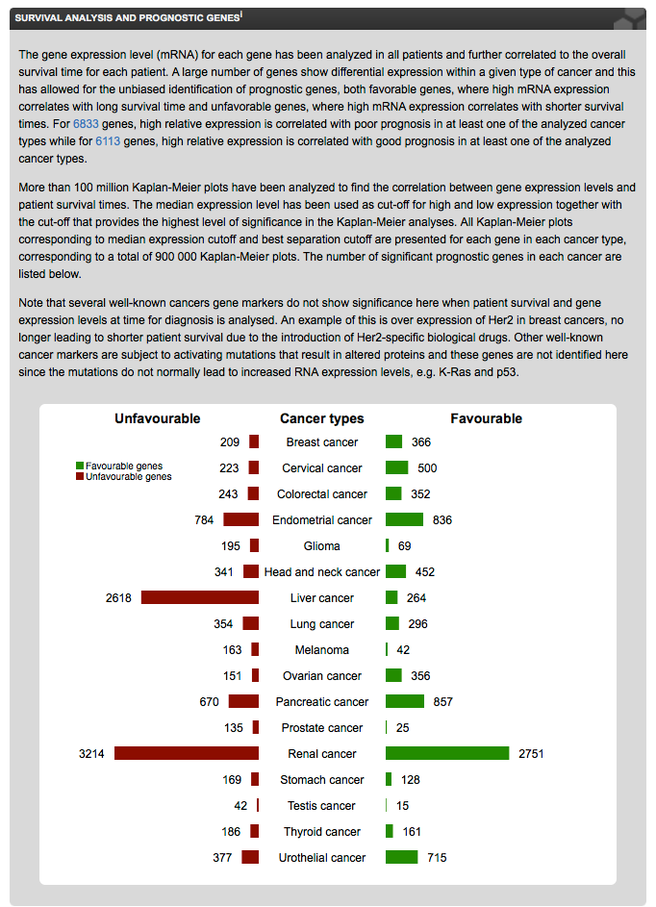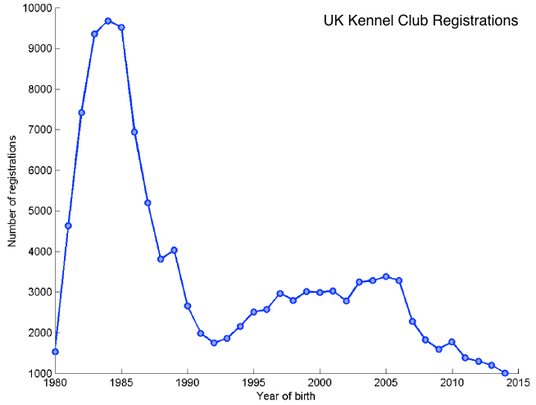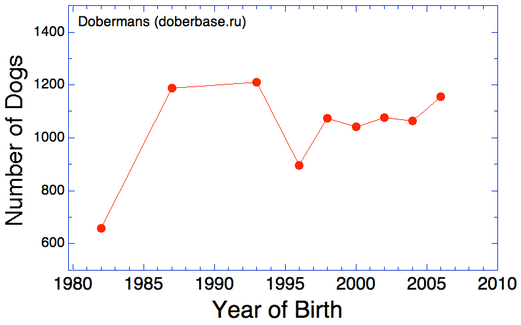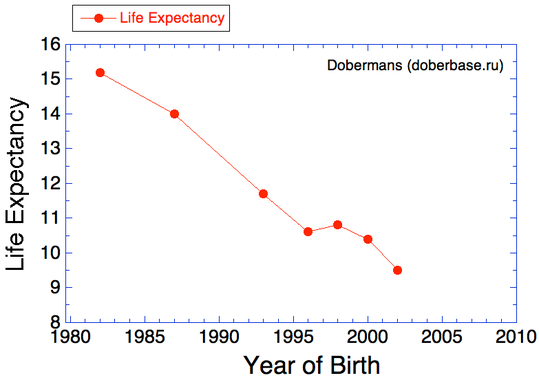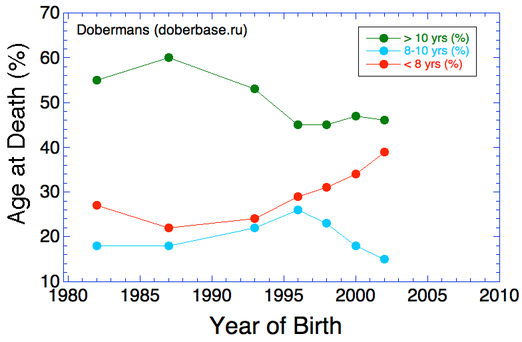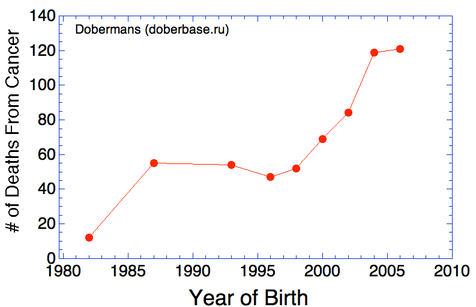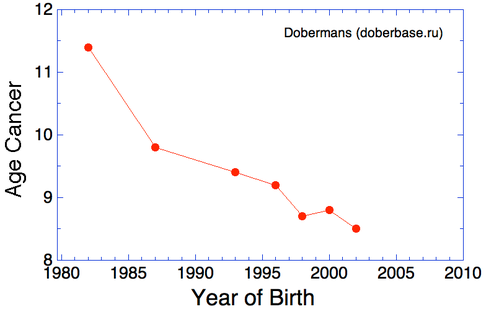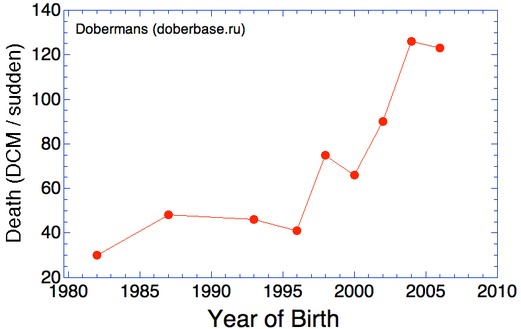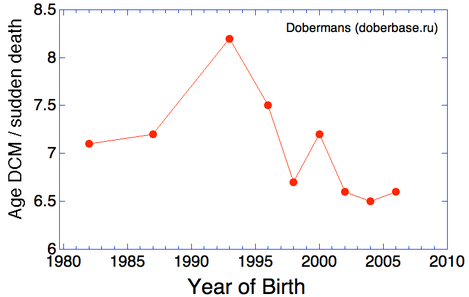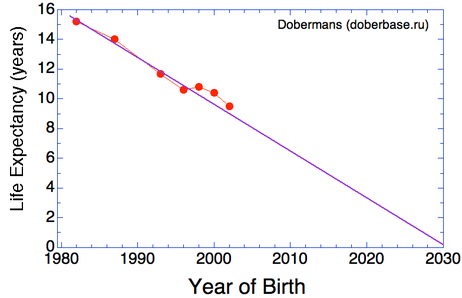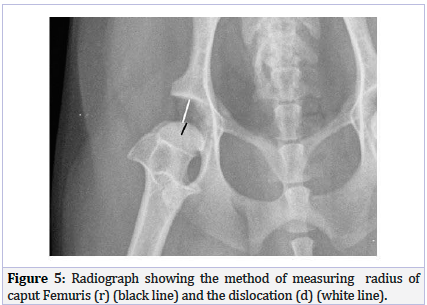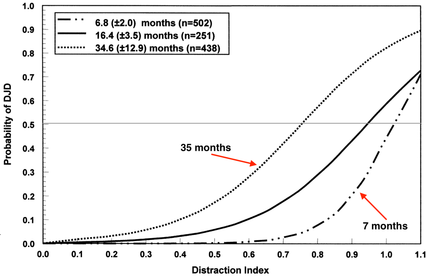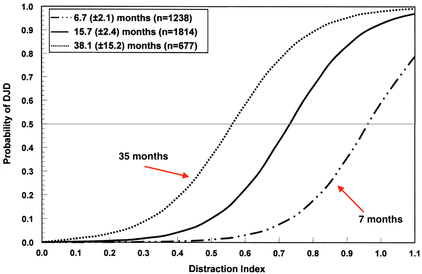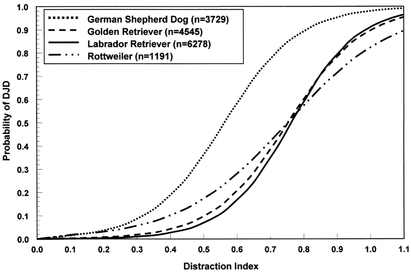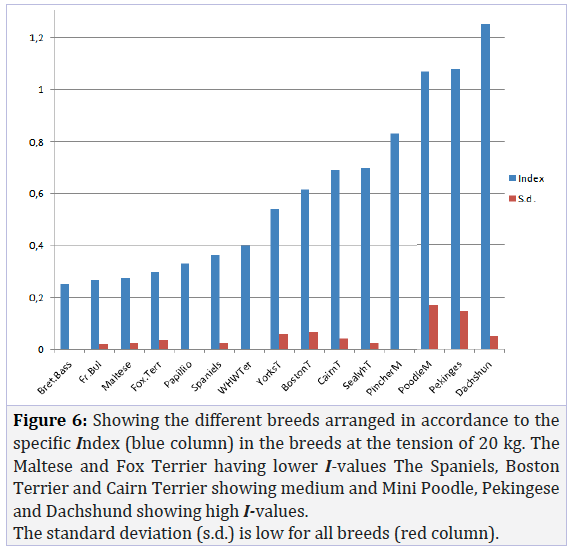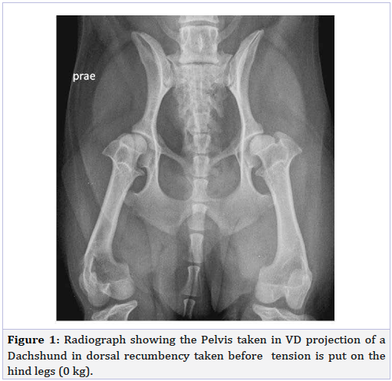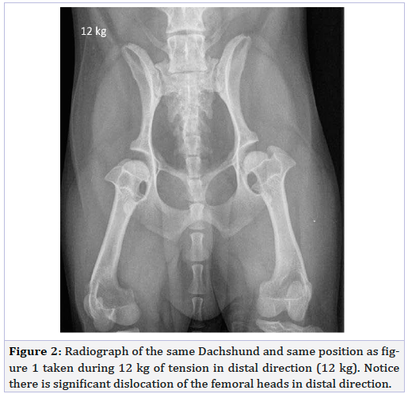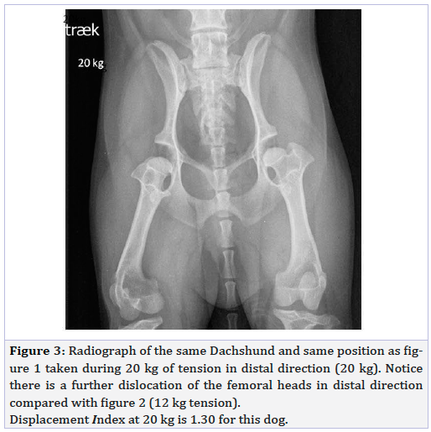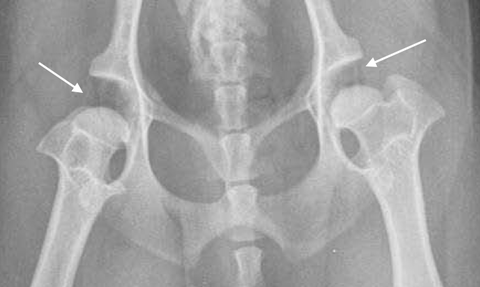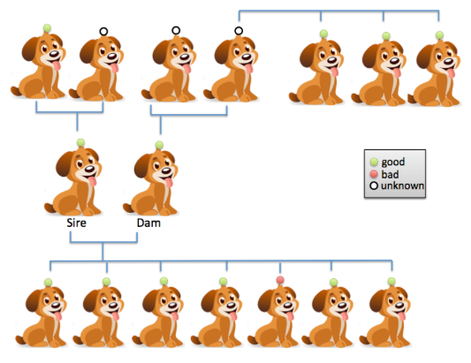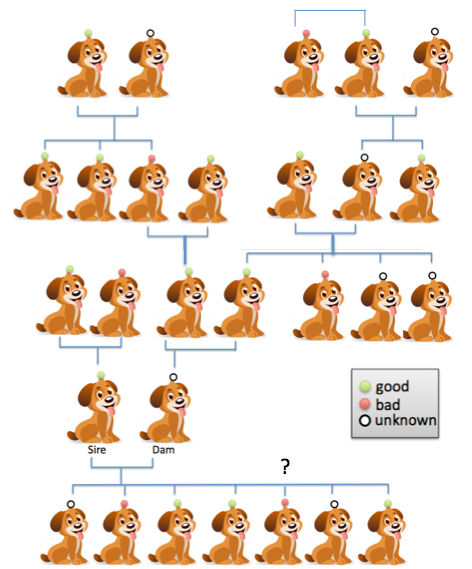| Some new studies reveal that the nose is much more complicated than might be expected from its simple design. There are two front-facing nostrils, or nares, as well as slits along the bottom on each side. With some very clever experiments, researchers have shown that this design is no accident. They have been able to reveal how air flows in and out of the canine nose, and how its simple design improves scent detection. In fact, engineers can build better chemical sensing devices by learning a few things from the dog. Although dogs usually make very willing research participants, to achieve enough control to do replicate experiments, the researchers fabricated a model of the nose. They used information from high-resolution magnetic resonance imaging (MRI) and made a model nose using a 3D printer. |
What they found is fascinating. When the dog exhales, air is directed downwards and outwards. When the dog is sniffing a surface, the airflow from exhalation actually draws the odor from the object being scented towards the nose. This effectively extends the "aerodynamic reach" of the nose. The inspiration-expiration cycle during scent detection is repeated very quickly, about 5 times per second.
The air flow patterns that result from the simple design of the dog's nose increase the efficiency of scent detection by 8 times over that for the steady "inspiration" used in scent detection devices. This is achieved simply by directing the exhaled air away from the source of the odor in a way that draws the scent towards the nose. In fact, the farther away the scent, the greater the advantage of the dog's nose over a commercial device with continuous inspiration; in one set of experiments, the dog's nose was 4 times better than the detector at a distance of 10 cm from the source of the scent, and 18 times better at a distance of 20 cm.
Needless, to say, the results of this study should be of great interest to the military and in situations where efficient odor detection is critical. A simple alteration in the design of odor detection devices, inspired by the anatomy of the canine nose, can result in spectacular improvements in efficiency.
Now why didn't we think of that?
The Biology of Dogs
The next class starts Monday, 4 September.
Sign up HERE!
Staymates ME, WA MacCrehan, JL Staymates, and others. 2016. Biomimetic sniffing improves the detection performance of a 3D printed nose of a dog and a commercial trace vapor detector. Scientific Reports 6:36876; DOI: 10.1038/srep36876.
ICB's online courses
***************************************
Visit our Facebook Groups
ICB Institute of Canine Biology
...the latest canine news and research
ICB Breeding for the Future
...the science of animal breeding
